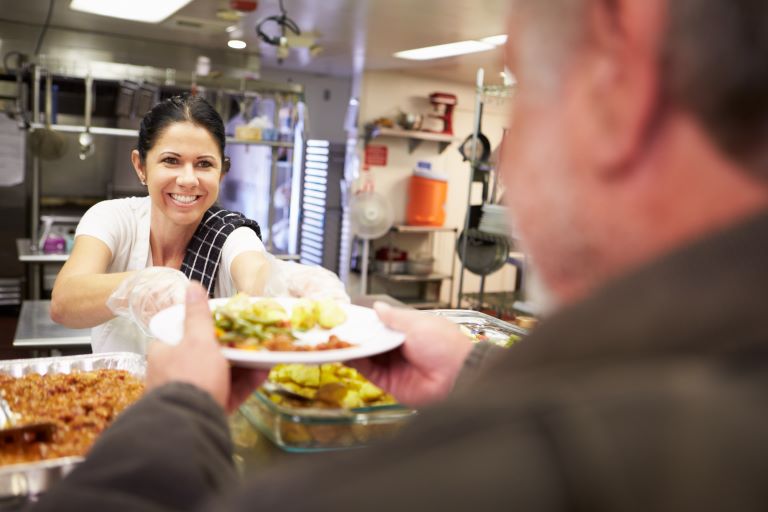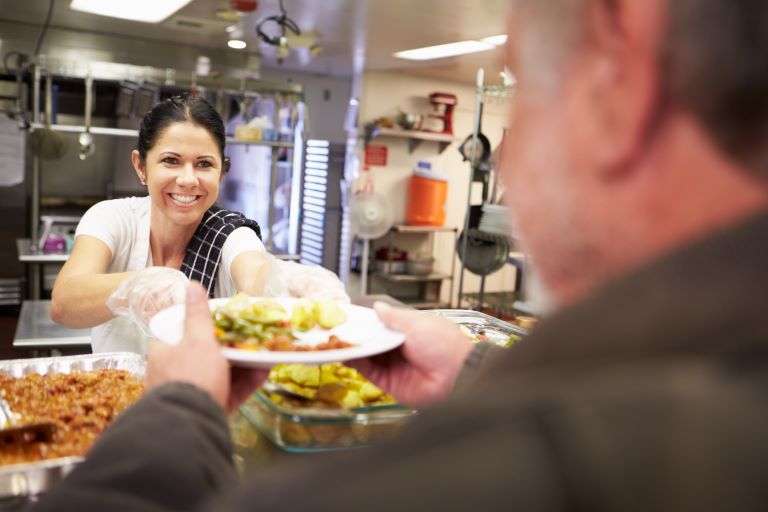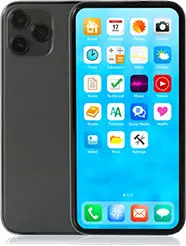If you’ve ever faced tough times, you might have heard about food banks and food pantries. While these terms are often used interchangeably, they refer to two different but connected resources. Both play a vital role in helping families put food on the table, but they work in distinct ways.
Let’s explore the differences between a food bank and a food pantry, how each operates, and how you can access these critical services.
What is a Food Bank?
A food bank is like a massive warehouse for donated food. These nonprofit organizations act as collection, storage, and distribution hubs for food donations from places like:
Manufacturers and farms
Food drives and government programs
Thanks to commercial-grade refrigeration and storage, food banks are equipped to handle bulk donations, including fresh produce and canned goods. They don’t give food directly to families, but instead, they distribute food directly and supply resources to local food pantries, soup kitchens, and other community programs.
In addition to food distribution, food banks often run specialized programs, such local food programs such as:
Mobile food pantries that bring food to rural or underserved areas.
Senior meal programs for older adults who may be homebound.
School programs provide nutritious food for children.
Food banks act as a vital lifeline, ensuring smaller organizations have the resources they need to serve their communities.
What is a Food Pantry?
A food pantry is where food gets directly into the hands of families. Think of a food pantry as a local grocery store for people in need. These smaller, community-run centers receive food from food banks and distribute it to individuals and families struggling with food insecurity.
Food pantries come in many forms to meet your needs:
Shopping-Style Pantries: Visitors choose the items they need, similar to a grocery store.
Pre-Packed Boxes: Some pantries prepare boxes with essentials like canned goods, grains, and fresh produce.
Mobile Pantries: These are perfect for rural areas or communities where transportation is limited.
Some food pantries also offer extra services, like career counseling, SNAP application assistance, and access to free phone service with Lifeline Program providers to support you beyond the emergency food assistance program.
How Food Banks and Food Pantries Benefit Families Like Yours
If you’re facing food insecurity, these programs provide food on offer:
Nutritious Food: Access fresh produce, protein, and non-perishable staples like pasta and rice.
Free Resources: These services are free, helping you stretch your budget for other essentials like rent or utilities.
Local Support: Food pantries are embedded in neighborhoods, making it easy to find help nearby.
Food banks and pantries also reduce food waste by rescuing surplus food from grocery stores and manufacturers to distribute food elsewhere, ensuring it goes to families instead of landfills.
How to Access a Local Food Bank or Food Pantry
If you need help, finding a food bank and a food or pantry near you is simple. Here’s how:
Online Tools: Use platforms like 211.org or FindHelp.org to locate resources in your area. Just enter your zip code to see a list of food banks, pantries, and meal programs nearby.
Contact Local Organizations: Many churches, schools, and community centers host food pantries. Reach out to those in your area for information.
Visit the EASY Wireless Oklahoma Assistance Resource Portal:
If you’re in Oklahoma, the EASY Wireless search tool connects you with over 600 organizations offering help with food assistance, housing, free cell phone services, and more. This user-friendly database is designed to make finding resources quick and easy. Visit the Oklahoma Assistance Resources Page to access food banks, mobile pantries, and other critical support.
When visiting a food pantry:
Bring a reusable bag or container for groceries.
Check ahead to see if they require identification or proof of residency.
Arrive early, as some pantries operate on a first-come, first-served basis.

Ways to Support Your Local Hunger Relief Programs
If you’ve been helped by a food bank or pantry, or if you’re in a position to give back, consider supporting your local hunger relief efforts. Here’s how:
Donate Food or Funds: Even small contributions can make a big difference for hungry families.
Volunteer Your Time: Many food banks and pantries rely on volunteers to sort food, pack boxes, or distribute groceries.
Spread Awareness: Encourage others to support food programs or advocate for policies that address food insecurity.
Take Action Today
If you’re struggling to put food on the table, don’t hesitate to reach out. Food banks and pantries are here to help.
Together, we can fight hunger and ensure that every family has access to healthy food and brighter futures. Take the first step today!
Eliminate Your Monthly Phone Bill and Find the Help You Need
Finally, consider enrolling in the EASY Wireless Lifeline program for FREE Talk, Text, and Data each month.
Having a free cell phone and data service can make all the difference when it comes to seeking assistance and support services.
Visit one of our 30+ Oklahoma EASY Wireless stores to sign up for FREE Cell Phone Service
or…
Food Bank Managers - Partnering with Lifeline Providers to Support Your Community
If you manage a food bank or community organization, you’re already making an incredible difference in the lives of families facing food insecurity. But did you know you can expand your impact by partnering with Lifeline Program providers like EASY Wireless?
Why Partner with EASY Wireless?
The Lifeline Program provides free smartphones, talk, text, and data to qualifying households. By adding this service to your offerings, you can give your community members more than just food—you’ll help them stay connected to vital resources and opportunities.
Here’s how partnering with EASY Wireless can benefit your community:
Improved Access to Resources: A free smartphone allows households to connect with healthcare providers, job opportunities, and social services.
Peace of Mind in Emergencies: Families and seniors gain a reliable way to stay in touch with loved ones or call for help in urgent situations.
Breaking Barriers to Communication: Whether it’s accessing online school portals for children or applying for jobs, having internet access can be a game-changer.
How EASY Wireless Supports Community Partners
EASY Wireless makes it easy for food banks and community organizations to integrate Lifeline services into their existing programs. We provide:
Free Smartphones: Eligible households receive a smartphone with unlimited talk, text, and data at no cost.
Seamless Setup: Our team handles the enrollment process, ensuring eligible community members can quickly access these benefits.
Tailored Support: EASY Wireless works alongside your organization to ensure the program complements your current services.
Strengthen Your Community’s Support Network
By offering Lifeline services, you give your community members the tools they need to thrive. Imagine the difference it makes when a parent can call a potential employer or when a senior sets up telehealth appointments—all from a free phone.
As a food bank or community organization, you play a vital role in creating a safety net for those in need. Adding Lifeline services helps reinforce that safety net and empowers families to build a more stable future.
How to Get Started
Interested in bringing EASY Wireless Lifeline services to your food bank or organization? Partnering with us is simple:
Contact EASY Wireless: Reach out to learn more about the program and how we can collaborate.
Set Up Enrollment Days: We can assist with setting up on-site enrollment events for your community members.
Spread the Word: Let your community know about this new service to ensure as many people as possible can benefit from it.
Let’s work together to ensure every household has the tools to succeed!
Email us at socialmedia@telecomservicebureau.com and work together to help get those in need a cell phone.


